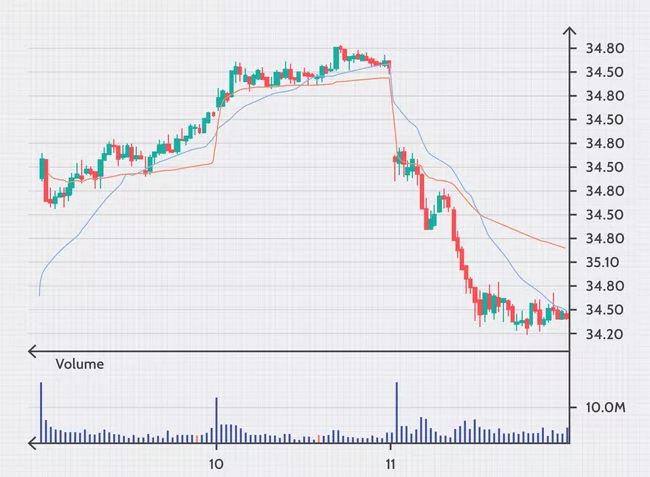The Volume Weighted Average Price (VWAP) is a popular technical analysis tool for day traders and intraday traders. It is accurate in spotting exit-entry points within a short-term timeframe.
Traders are constantly looking for ways to capitalize on the opportunities in the cryptocurrency market because cryptocurrencies are subject to violent price swings, and the market operates 24 hours a day. VWAP trading allows traders to decide when to buy or sell cryptocurrencies. Moreover, since traders can use it to implement their crypto strategies, many do so.

What is volume-weighted average price (VWAP)?
Volume-weighted average price (VWAP) measures the value of a stock as a function of the volume of shares traded over a particular period. Investors and analysts use this measure to determine a stock’s current price, the average daily trading price, and if the stock is overpriced or underpriced. These details help to facilitate entry into or exit from a position.
VWAP is used to measure the quality of execution of large orders. For example, in a portfolio manager’s case, if they want to buy thousands of shares and wish to buy them below the ADP, the VWAP is usually the price to beat. To determine whether a trader successfully acquired such a prominent position, one would compare the average purchase price at the time of accumulation to the VWAP.
How to trade with VWAP?
In short-term trading, most professional traders agree that VWAP is influential and valuable for the reasons mentioned above. The VWAP might be an entry point in intraday trading strategies, and the VWAP would be an exit point. Nevertheless, trading strategies often hold a little more complex than that.
Tips for traders to use VWAP strategy
A trader can therefore use VWAP as a filter for their activities. Traders may go long only when prices are below VWAP and short when prices are above VWAP. The assumption behind this filter would be that benchmark-beating buyers are more likely to help create support when VWAP is below the price. If price action is relatively sideways, this filter will work well.
Other trades might prefer the opposite approach. The assumption is that short-selling will only occur when VWAP is below, and buying will occur when VWAP is above. This filter works because benchmark watchers cannot get what they want and must push the stock further into its trend line for the day, resulting in higher prices for the stock. It works well for days with a defined trend, upwards or downwards.
There appears to be no statistical advantage to either tactic throughout many trades. To benefit from both approaches, traders often combine them with other indicators. They can identify a more profitable filter based on their perception of how price action will unfold throughout the day.
Example of VWAP trading strategy
For example, traders can use the VWAP and Bollinger Bands together. A set of trendlines appears two standard deviations away from a simple moving average (SMA) of the price of a security. The trendlines are adjustable to match the user’s preferences. Trades can be entered using VWAP signals and exited using Bollinger Band signals, or vice versa.

Bottom line
According to market volume, VWAP ratios are used in algorithmic trading to help investors and traders determine the best price at which to buy or sell. A high liquidity environment usually leads to low transaction costs and good execution for traders. Trading large volumes of shares makes VWAP particularly useful. For example, to avoid artificially increasing a stock’s price by buying large quantities, traders can use VWAP to verify they are not overinflating trading volumes for the asset they wish to buy.


